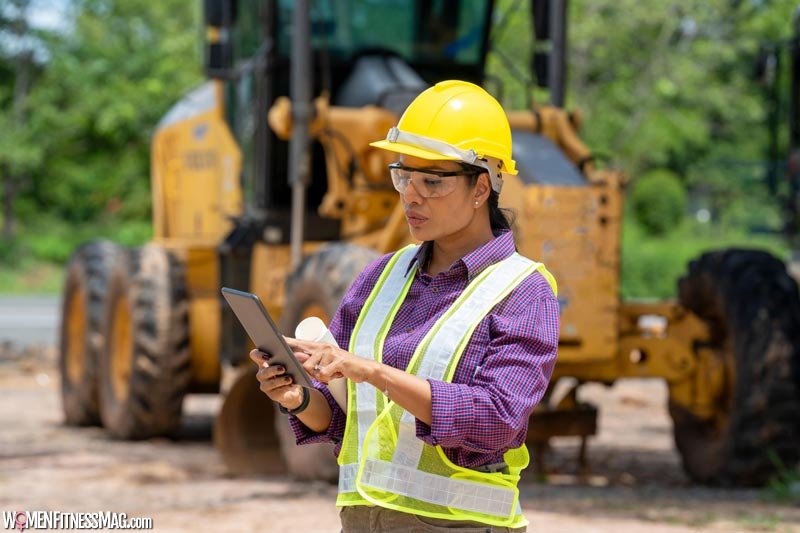Prioritizing Women’s Safety and Health in Construction : In the traditionally male-dominated industry of construction, women are making significant strides, breaking barriers, and reshaping the landscape. However, amidst the progress, concerns regarding safety and health persist. As more women enter the construction workforce, it’s crucial to address these concerns head-on and prioritize the well-being of all workers.
In this article, we delve into the unique challenges women face in construction and explore strategies to ensure their safety and health on the job site.
The Challenges Women Face
Women entering the construction industry often encounter various challenges that can impact their safety and health. One significant issue is the lack of adequate personal protective equipment (PPE) designed specifically for women. Ill-fitting gear not only compromises safety but also increases the risk of injuries. Therefore, online learning and appropriate training are crucial. Absence of female-specific facilities, such as restrooms and changing areas, can pose discomfort and logistical challenges for women on job sites.
Moreover, women may face discrimination, harassment, or bullying, creating hostile work environments that jeopardize their well-being. The physical demands of certain tasks and the prevailing macho culture in some construction settings can further exacerbate these challenges.
Strategies for Improvement
To promote safety and health for women in construction, proactive measures must be implemented at various levels. Employers play a pivotal role in fostering inclusive workplaces where all employees feel valued and respected. This involves providing appropriate training on diversity, equity, and inclusion, as well as implementing zero-tolerance policies for harassment and discrimination.
Furthermore, companies should prioritize the provision of properly fitting PPE for all workers, including women. This may involve working with suppliers to ensure a range of sizes and designs are available to accommodate diverse body types. Investing in ergonomic tools and equipment can also help mitigate the risk of musculoskeletal injuries among workers, regardless of gender.
Additionally, promoting diversity in leadership positions within the construction industry can lead to more inclusive policies and practices. When women have a seat at the table, their unique perspectives and experiences can inform decision-making processes and drive positive change.
Empowering Women in Construction
Empowering women in construction goes beyond addressing immediate safety concerns; it involves creating pathways for career advancement and professional development. Mentorship programs, networking opportunities, and skill-building initiatives can help women thrive in the industry and overcome barriers to success.
Moreover, education and outreach efforts are essential for attracting more women to careers in construction. By challenging stereotypes and showcasing the diverse opportunities available in the field, we can inspire the next generation of female builders, engineers, and leaders.
Conclusion
As the construction industry continues to evolve, prioritizing the safety and health of women workers is not just a moral imperative but also a strategic investment in the industry’s future. By addressing the unique challenges women face, implementing inclusive policies, and empowering female workers, we can build a more equitable and sustainable construction sector for generations to come. Let’s work together to create a safer, healthier, and more inclusive environment for all construction professionals, regardless of gender.
Prioritizing Women’s Safety and Health in Construction
Why is women’s safety important?, What is health and safety in construction project?, What are the safety issues in construction safety?




